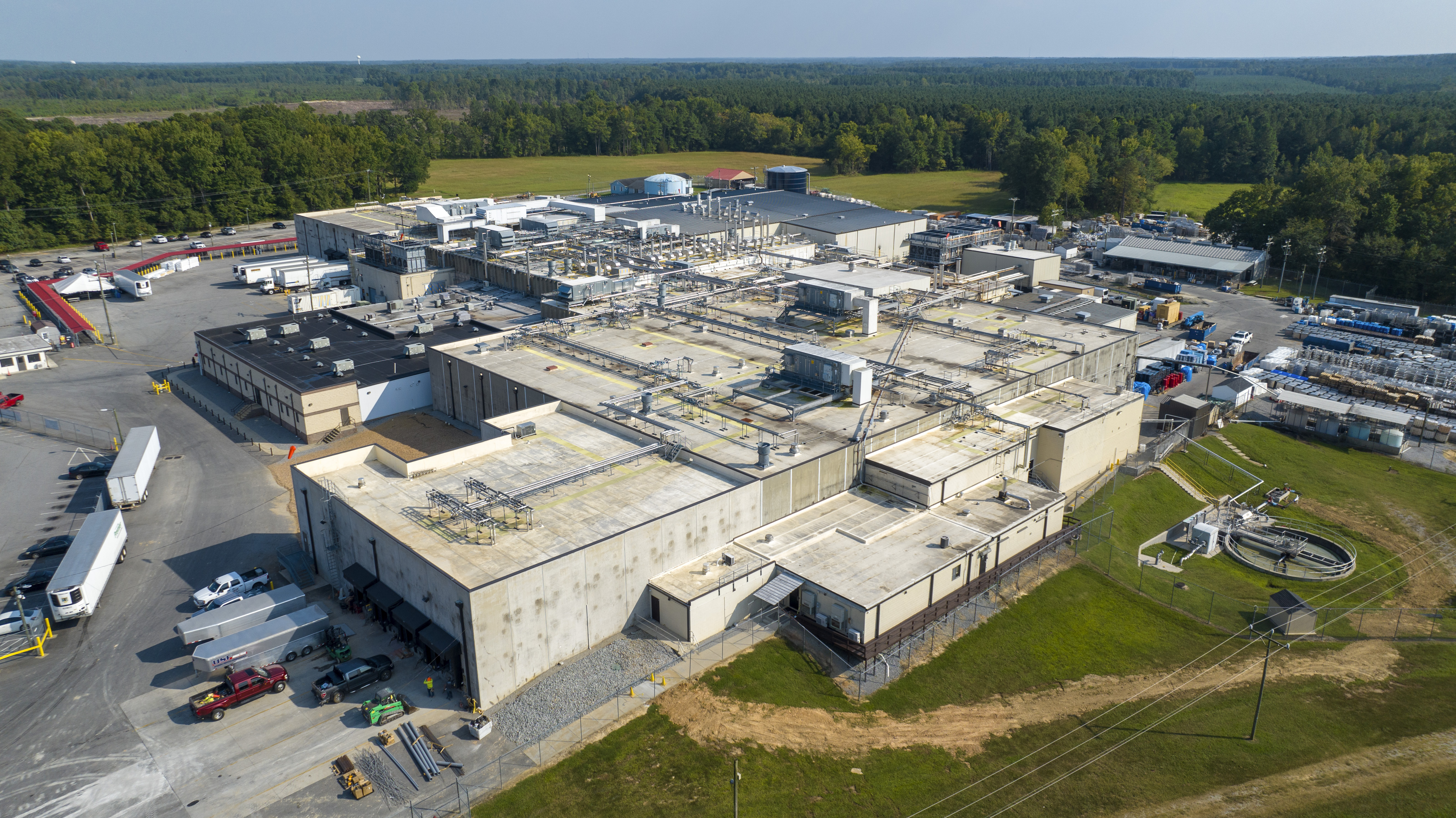NAVAL STATION NORFOLK, Va. (WAVY) — Some threats to the U.S. Navy are quick and deadly. Others are more like water torture: They’ve done their damage for years, and likely for years to come.
Sometimes the simplest explanations are the best.
“If there’s sea level rise, it threatens our installations. Our ships can float, our bases cannot,” said Capt. Tres Meek. As commanding officer of Naval Facilities Engineering Systems, it’s up to his unit to find solutions.
The largest naval base in the world is also a workplace for nearly 75,000 enlisted, civilian and contract workers each day. Overall, the Navy’s impact on the Hampton Roads economy is estimated at $15 billion annually.
The most recent report from the Intergovernmental Panel on Climate Change shows that impacts from climate change are happening at a pace far more rapid than originally estimated.
According to information mandated by Congress in 2019, both the Navy and Air Force submitted lists of military installations threatened by climate change. Naval Station Norfolk, Joint Base Langley Eustis and several other bases in Hampton Roads were on those lists.
It may seem recent, but it hasn’t been a sneak attack.
“We have some tidal gauges here at Naval station Norfolk that have recorded an amount of sea level rise going back to 1927,” Meek said in a recent interview. “So this is nothing new to the United States Navy here in Norfolk. This area is susceptible to flooding. It happens often now. We project it’ll happen more.”
Elevated steam lines, double-deck piers, jacking up buildings that have stood for a century are just some of the tactics in this battle with nature. 15 years ago, you didn’t need to walk down steps to exit the headquarters for Carrier Strike Group. Meek says the first deck of the historic building was elevated to account for projections of sea level rise.
The double-deck piers enable the Navy to preserve the top for more work space and more space for happy reunions during ships’ homecomings.
When it came to guarding against shoreline erosion, giant rip rap diffuses the power of encroaching seas and helps protect the sacred ground of the memorial to the USS Cole less than a hundred feet away.
Steam lines run overhead instead of underground, a measure Meek says is not only forward-looking but cheaper in the long run.
“It’s very expensive to put utility trenches in, and those utility trenches can also flood,” he said.
Willis Manor is the base’s newest barracks. Its energy-efficient design can house as many as 900 sailors, part of a new campus concept so sailors can walk to their ship, the galley or the gym. It reduces carbon emissions because sailors do not have to use their cars.
The base’s latest building is a training center currently under construction. Although its simulators will be able to re-create any port in the world, its design is meant to adapt to the real-world scenario of climate change.
Technology that holds rising waters at bay and limits harmful emissions costs money. Some military commanders have told us they are not getting enough funding for ongoing operations. Meek says he needs to be selective and strategic.
“Can I use more money? Absolutely. but I believe that with the amount I’m being given, I can succeed,” he said.
And his success will be vital to protection, preparedness, and paychecks.
“We need our troops and our civilians in times of contingency or other threats,” he said.
Download the WAVY News App to keep up with the latest news, weather and sports from WAVY-TV 10. Available in both the Apple and Google Play stores.










































































































